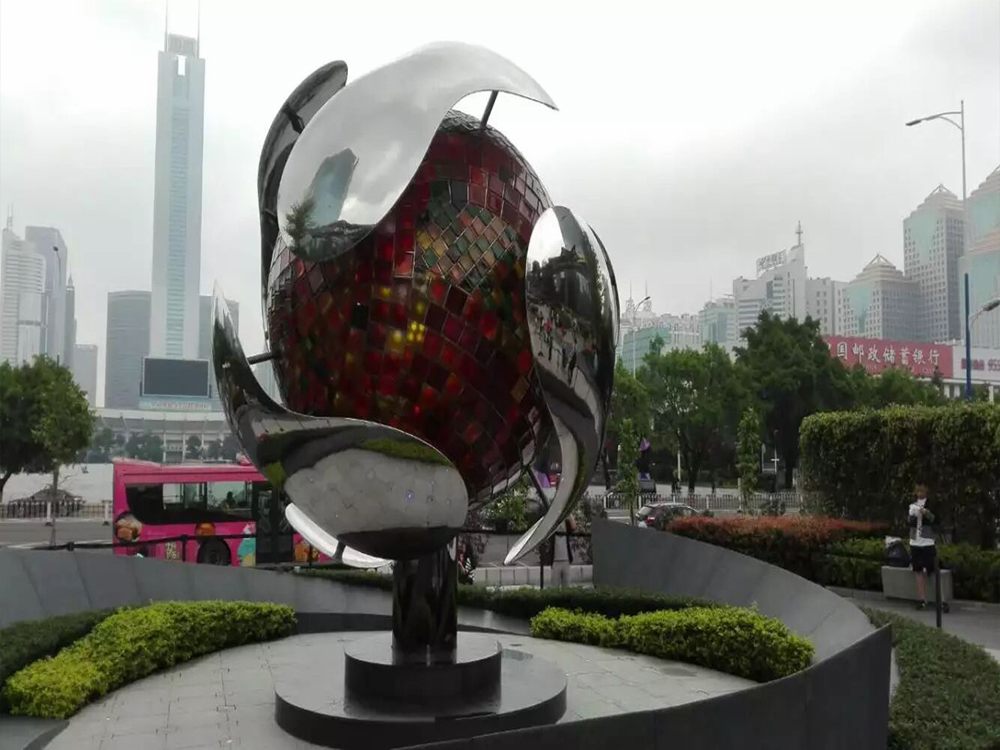
Porcelain sculpture is a timeless art form that bridges cultures, yet modern artists face the challenge of balancing global trends with local traditions. By integrating international techniques—such as minimalist design or abstract expressionism—with region-specific motifs, glazes, or firing methods, creators craft pieces that resonate universally while honoring their roots.
For instance, Chinese ceramicists might incorporate Jingdezhen’s cobalt-blue traditions into avant-garde forms inspired by European modernism. Japanese artists often merge Edo-period aesthetics with Scandinavian simplicity, creating delicate hybrids. Key to this balance is research: studying global art movements while deepening ties to ancestral methods like Italian maiolica or Persian lusterware.
Technology also plays a role. Digital tools enable precise experimentation with shapes, but hand-painted local symbols or kiln rituals preserve authenticity. The result? Sculptures that tell dual stories—celebrating heritage while engaging a borderless audience. Ultimately, the magic lies in selective adaptation, where neither influence overshadows the other, but together they elevate porcelain into a dialogue of cultures.

